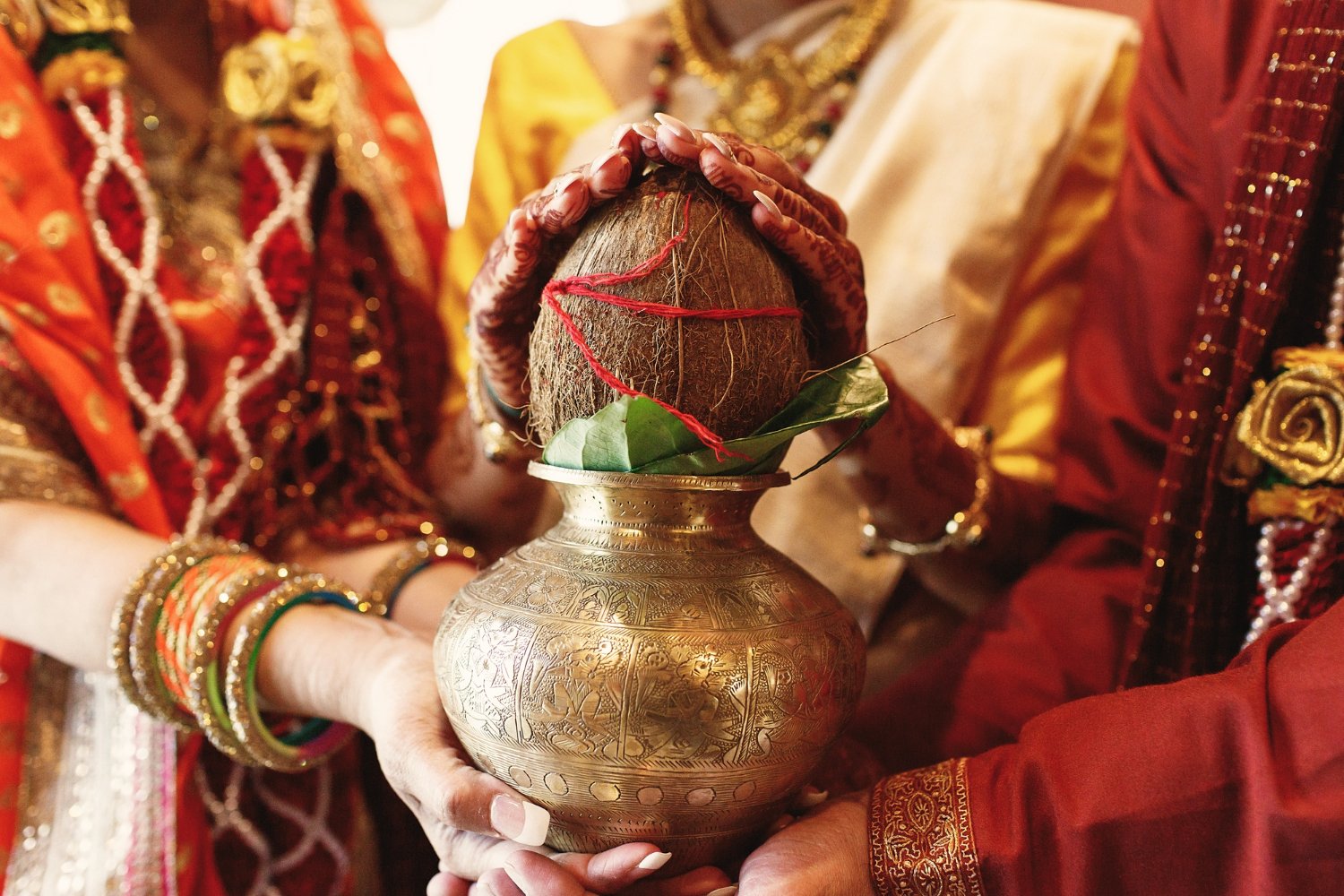
Guide to Traditional Hindu Wedding Ceremonies.
Introduction:
Hindu weddings are a tapestry of rich traditions, vibrant rituals, and age-old customs. Rooted in deep cultural and spiritual significance, these ceremonies symbolize the union of two souls, families, and communities. From the colorful mehndi to the sacred wedding vows, each ritual contributes to the grandeur of a traditional Hindu wedding.
The Engagement Ceremony – A Promise of Togetherness:
The journey of a Hindu wedding often begins with the engagement ceremony. Known as “Sagai” or “Nischay Tamulam,” this event marks the formal agreement between the families of the bride and groom. It’s a joyous occasion filled with blessings, exchange of gifts, and the exchange of rings. The engagement ceremony sets the stage for the forthcoming nuptials.
Mehndi and Sangeet – Celebrating Love and Togetherness:
The days leading up to the wedding are filled with festivity and celebration. The “Mehndi” ceremony involves intricate henna designs adorning the bride’s hands and feet. The “Sangeet” follows, where families and friends come together for lively music and dance performances. This pre-wedding revelry is all about embracing joy and merriment.
The Main Wedding Ceremony – Binding of Two Souls:
The heart of a traditional Hindu wedding lies in the main ceremony. The sacred “Vivaha” or “Kanyadaan” is where the bride’s parents entrust their daughter to the groom. The couple takes vows known as “Saptapadi,” circling the holy fire seven times, symbolizing their commitment to each other and to the seven promises of marriage.
The Solemnization of Vows – “Saptapadi”:
“Saptapadi” is the core of Hindu wedding vows. The couple walks around the sacred fire, reciting seven vows that encompass love, fidelity, mutual respect, and support. These vows form the foundation of their lifelong journey together.
Tying the Sacred Knot – The “Mangalsutra” Ritual:
The exchange of “Mangalsutra” is a pivotal moment in a Hindu wedding. The groom places a sacred necklace around the bride’s neck, signifying her marital status and his commitment to her. It’s a profound ritual that connects their destinies forever.
Blessings from Elders – “Ashirvada”:
The wedding concludes with the blessings of the elders, seeking their good wishes for a prosperous and harmonious married life. The couple bows before them, receiving their love, advice, and blessings.
Conclusion:
A traditional Hindu wedding is not just a union of two individuals, but a union of families, cultures, and traditions. Each ceremony is a thread that weaves the story of love, commitment, and togetherness. From the intricate designs of mehndi to the sacred vows taken around the holy fire, every ritual is a reflection of the values that have been passed down through generations.
As we navigate the beautifully diverse landscape of Hindu wedding ceremonies, we find ourselves immersed in the tapestry of customs that make these celebrations extraordinary. These traditions not only bind families but also strengthen the bonds of community, reinforcing the rich heritage of Indian culture.
So, whether you’re a part of this journey or an observer, the guide to traditional Hindu wedding ceremonies invites you to witness the beauty of a marriage that blends ancient rituals with modern aspirations, creating a union that’s truly timeless.
